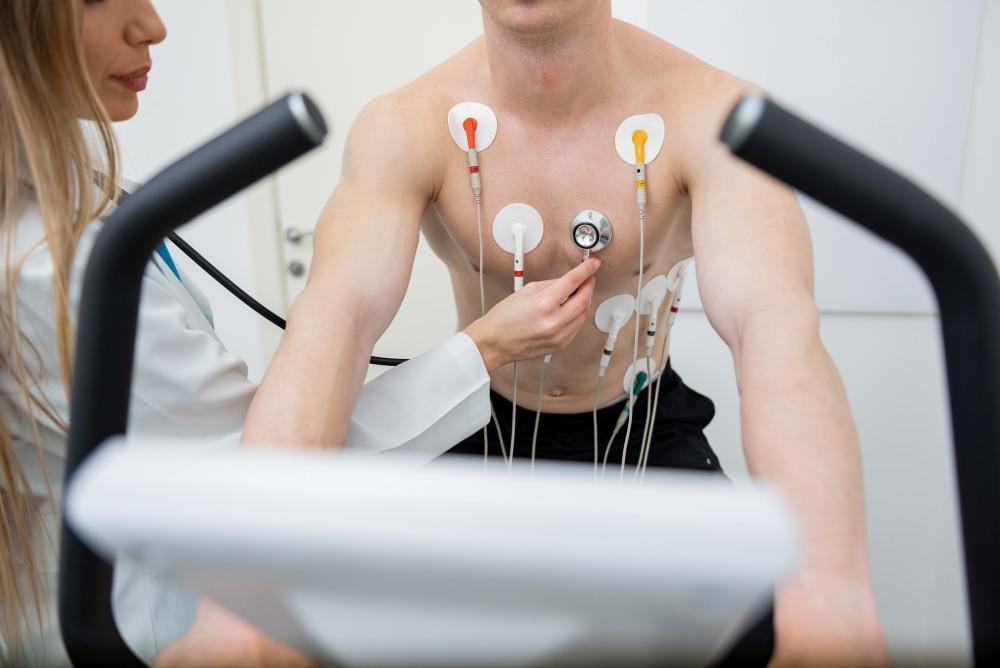
How Does Sodium Impact Blood Pressure?

Left untreated, high blood pressure can cause serious and life-threatening cardiac events. The good news is that blood pressure can often be improved with lifestyle modifications, such as dietary changes, stress management, and regular exercise.
One of the most important dietary changes you can make to lower your blood pressure is to monitor your sodium intake. If you are on a mission to keep your blood pressure levels in a healthy range, Dr. Henock Saint-Jaques and his experienced team of cardiologists at Harlem Cardiology in East Harlem, New York, can provide guidance on sodium intake and other dietary changes that promote heart health.
But how does sodium affect your heart in the first place? Here’s what you need to know.
Sodium 101
Many people use the words “salt” and “sodium” interchangeably, but they aren’t the same thing. Sodium is an essential mineral and plays a big role in helping your muscles contract, helping your cells function correctly, and promoting proper nerve function. Sodium also helps maintain proper fluid levels in your body. Too much sodium isn’t good, but too little sodium is just as dangerous. Salt, on the other hand, is a crystal composed of sodium and chloride. Table salt is also called sodium chloride or NaCl.
How sodium impacts blood pressure
Even though sodium is an essential mineral, too much of it can increase your blood pressure. Sodium pulls water into your bloodstream, but if there is too much sodium, it pulls in too much water. The increase in water increases the volume of blood in your blood vessels — more blood equals more pressure.
High blood pressure can damage your blood vessels over time by causing them to overstretch. Additionally, higher blood pressure can impact your heart by forcing it to work harder to pump all of that blood throughout your body. Despite all of these changes going on inside your blood vessels, most people don’t notice any outward symptoms of high blood pressure. That’s why routine blood pressure screenings are so important.
Monitoring sodium intake
The DASH diet — which stands for Dietary Approaches to Stop Hypertension — is a dietary approach to reducing hypertension through dietary changes, mainly monitoring sodium intake. The DASH diet has been linked with the following outcomes:
- Reduced blood pressure levels
- Fewer cardiac events, including heart attack
- Reduced risk of stroke
- Reduced risk of Type 2 diabetes
- Reduced rates of obesity
The DASH diet recommends no more than 2,300 mg of sodium per day. That’s about 1 teaspoon of table salt. The tricky part about monitoring sodium intake is that added sodium is hidden in many foods, including canned soup, processed or cured meat, cheese, frozen meals, and many prepackaged snacks. If you need to reduce your sodium intake, keep these tips in mind:
- Choose homemade meals over fast food or takeout, when possible
- Look for frozen or canned items with a “low sodium” label
- Instead of adding extra salt for flavor, try salt-free seasonings or fresh herbs
- Try using a fitness tracker or food diary app to uncover hidden sources of sodium in your diet
- Choose fresh cuts of meat (chicken, beef) instead of cured meat
You might find that a low sodium diet is bland at first, but salt is an acquired taste and it’s one that you can “unlearn” as well. According to the National Kidney Association, it takes just 6-8 weeks for your new sodium levels to taste normal to you.
What if lifestyle changes aren’t enough?
Even though regular exercise and healthy eating are good for your heart (and your overall health), sometimes it’s not enough to lower your blood pressure levels fast enough. If lifestyle modifications aren’t enough to safely improve your blood pressure, Dr. Saint-Jaques may prescribe medication. There are many different types of medication to treat hypertension, including diuretics. Diuretics are a type of medication that help remove excess sodium and water from your blood to improve blood pressure.
Concerned about your blood pressure? To get started with the right hypertension treatment plan for you, call our Madison Avenue location at 646-381-2181. You can also request an appointment online at any time.
You Might Also Enjoy...


Is It Possible to Lower My Blood Pressure Naturally or Do I Need Medicine?

What You Can Do Now to Prevent a Stroke Later in Life

3 Noninvasive Tests That Measure the Health of Your Heart

What Can I Do About My Varicose Veins?


